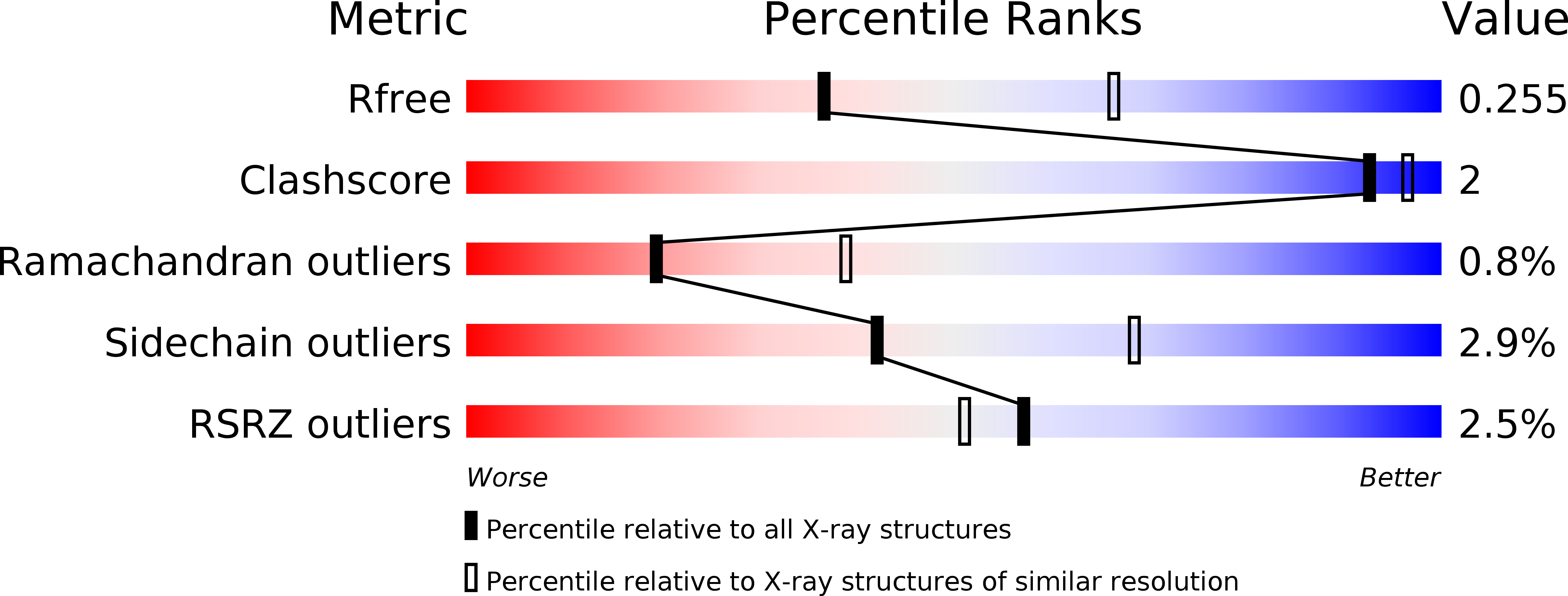
Deposition Date
2014-05-13
Release Date
2014-07-30
Last Version Date
2024-02-28
Entry Detail
PDB ID:
4QDD
Keywords:
Title:
Crystal structure of 3-ketosteroid-9-alpha-hydroxylase 5 (KshA5) from R. rhodochrous in complex with 1,4-30Q-CoA
Biological Source:
Source Organism:
Rhodococcus rhodochrous (Taxon ID: 1829)
Host Organism:
Method Details:
Experimental Method:
Resolution:
2.60 Å
R-Value Free:
0.25
R-Value Work:
0.22
R-Value Observed:
0.22
Space Group:
P 63


